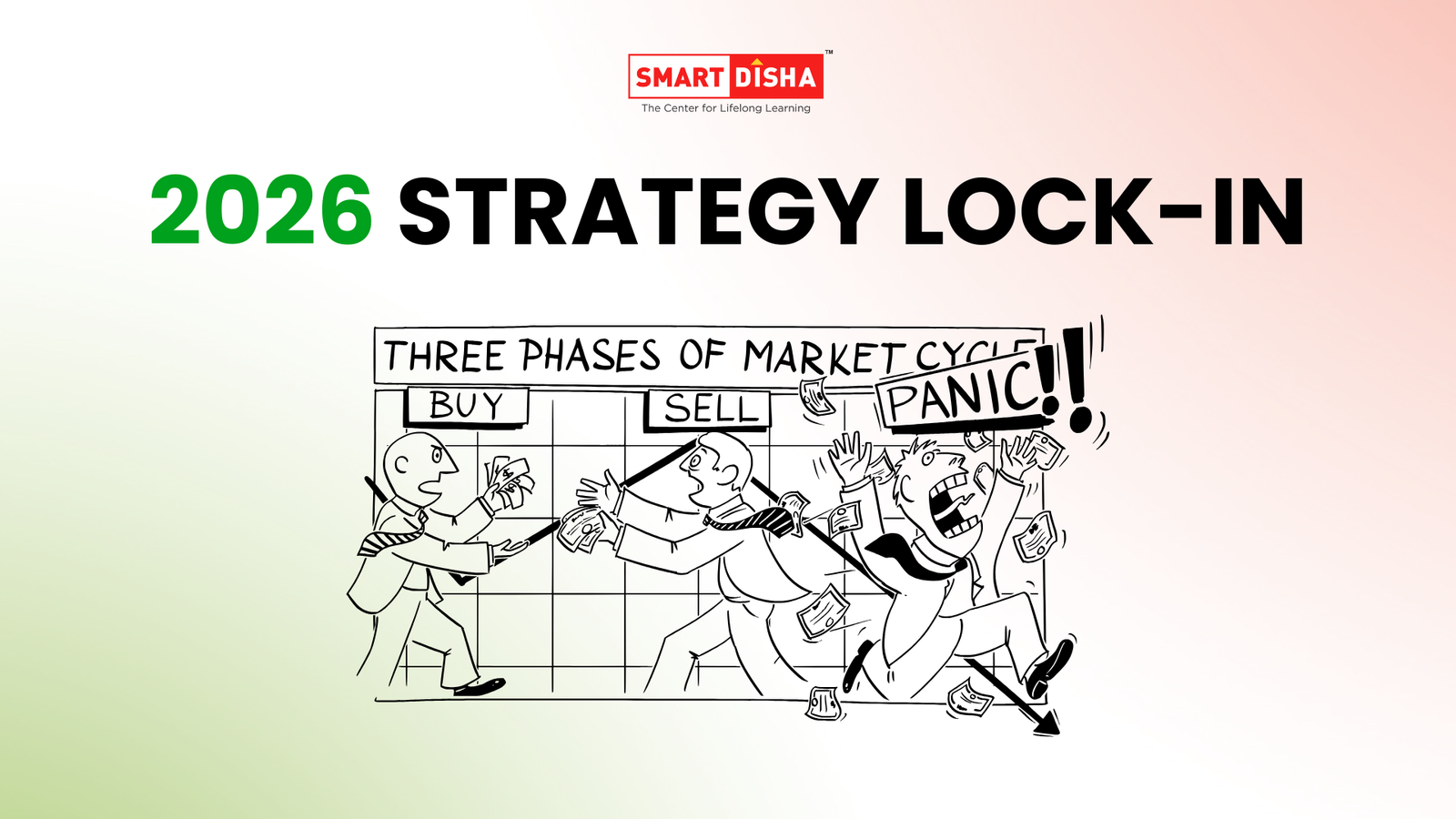Introduction
Did you know that only 10% of traders consistently succeed in the stock market? The secret isn’t just about identifying opportunities but also about managing risks effectively. Rule No. 9—Risk Management Strategies—is the backbone of sustainable trading success. This guide breaks down actionable strategies, such as stop-loss orders, take-profit orders, and position sizing, to help you protect your capital and achieve long-term growth
Why Risk Management is Non-Negotiable
1. Protect Your Trading Capital
Think of your trading capital as your business’s lifeline. Effective risk management prevents catastrophic losses, ensuring you’re always ready to seize market opportunities
2. Avoid Emotional Decision-Making
Emotions like fear and greed can derail your trading strategy. Tools like stop-loss and take-profit orders keep you disciplined and aligned with your plan
3. Ensure Long-Term Growth
Success isn’t about one big win—it’s about consistent, sustainable progress. Risk management creates a pathway for steady growth, even in volatile markets
Top Risk Management Strategies
1. Stop-Loss Orders: The Ultimate Safety Net
What It Is:
A stop-loss order automatically sells a stock if its price falls below a set level, limiting your losses
Example:
You buy Stock ABC at ₹1,000 and set a stop-loss at ₹950. If the price drops to ₹950, your broker automatically sells, capping your loss to ₹50 per share
Benefits:
- Prevents Emotional Decisions: Eliminates the urge to “hold and hope.”
- Limits Losses: Acts as a safety net
- Automates Risk Control: Works even when you’re offline
2. Take-Profit Orders: Lock in Your Gains
What It Is:
A take-profit order pre-sets a target price at which your stock will sell, ensuring you secure your profits
Example:
You purchase Stock XYZ at ₹1,000 and set a take-profit order at ₹1,100. When the stock hits ₹1,100, your broker sells, locking in ₹100 per share in profits
Benefits:
- Protects Gains: Locks in profits before market reversal
- Eliminates Greed: Stops you from chasing unrealistic highs
- Ensures Discipline: Aligns with your trading strategy
3. Position Sizing: Risk Wisely
What It Is:
Position sizing determines how much of your capital you allocate to a trade, minimizing the impact of any single loss
Example:
With a capital of ₹1,00,000 and a risk limit of 1% per trade, you allocate ₹1,000 to any single trade. Even a loss won’t significantly harm your portfolio
Benefits:
- Limits Exposure: Protects your overall portfolio
- Promotes Diversification: Encourages spreading risk across assets
- Reduces Stress: Smaller stakes allow for clearer decision-making
Bonus Risk Management Tips
- Diversify Your Portfolio: Balance investments across sectors and asset classes to offset losses in one area with gains in another
- Use Risk-Reward Ratios: Aim for trades where potential gains outweigh risks. A 1:3 risk-reward ratio is a solid benchmark
- Adapt to Market Conditions: Tighten stop-losses or reduce position sizes in volatile markets
- Backtest Strategies: Simulate your trading plans in historical data to identify weaknesses before going live
Visual Representation: The Risk Pyramid
(Include an infographic with three layers:)
- Base Layer: Stop-Loss Orders – Fundamental risk protection
- Middle Layer: Take-Profit Orders – Securing gains consistently
- Top Layer: Position Sizing – Smart capital allocation
Practical Steps to Implement Risk Management
- Define Clear Goals: Know your risk tolerance and trading objectives
- Automate Your Trades: Set stop-loss and take-profit orders to remove emotions
- Follow the 1% Rule: Risk no more than 1% of your capital per trade
- Monitor and Adjust: Regularly review your strategies and refine as needed
- Maintain a Trading Journal: Record every trade to learn from successes and failures
Key Takeaways
- Stop-Loss Orders: Prevent heavy losses by exiting unprofitable trades early
- Take-Profit Orders: Secure profits before market conditions change
- Position Sizing: Protect your portfolio with smart capital allocation
- Discipline is Everything: Consistency is the key to success in risk management
What’s Next?
In our next blog, we’ll delve into Rule No. 10: Fundamental Analysis, exploring how to evaluate a stock’s intrinsic value for smarter, data-backed decisions. Stay tuned to elevate your trading journey!
📲 Join the Smart Disha Community
Discover tools, resources, and exclusive insights:
Follow us on social media for daily updates:
For inquiries, contact us via WhatsApp: +91 92652 82922




